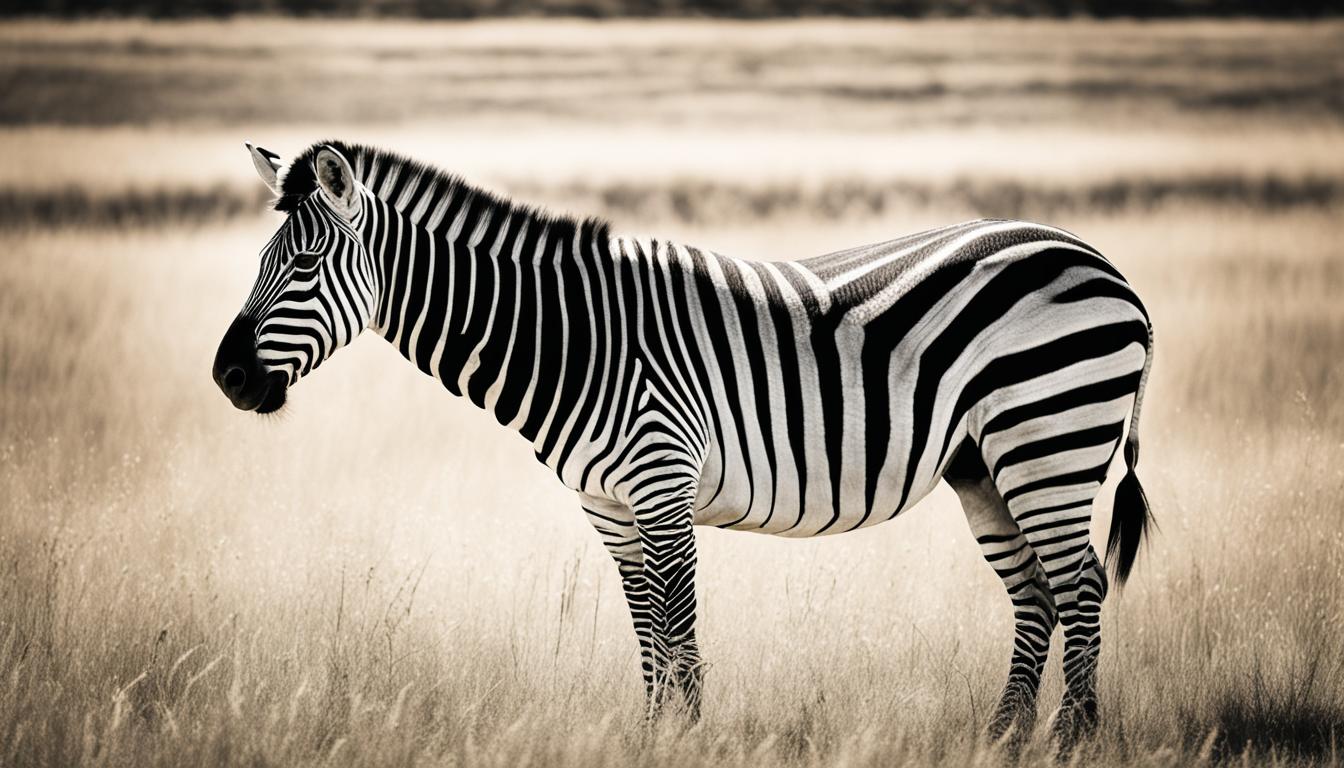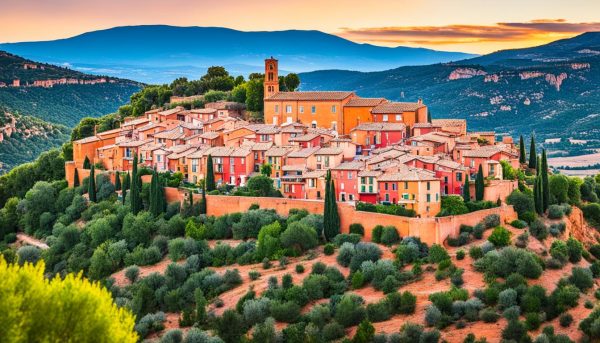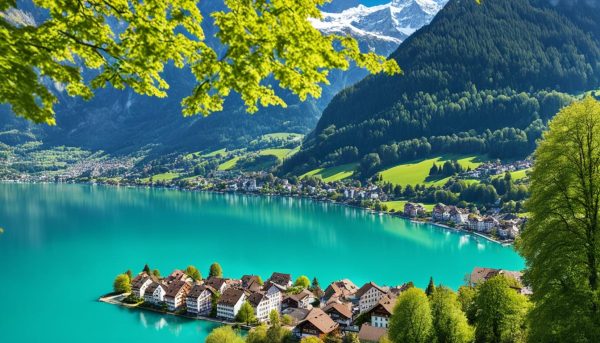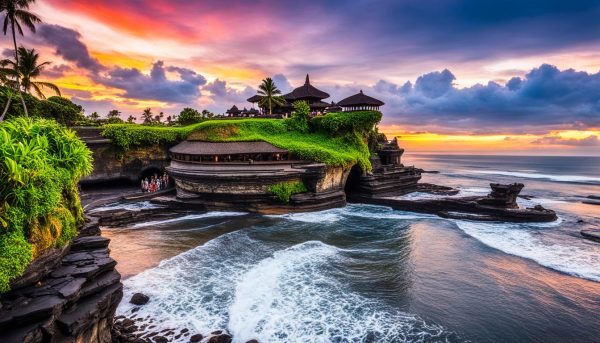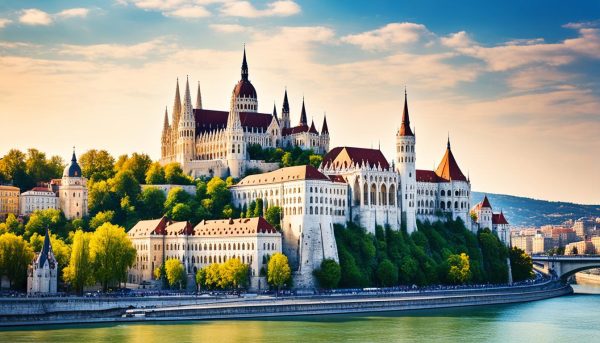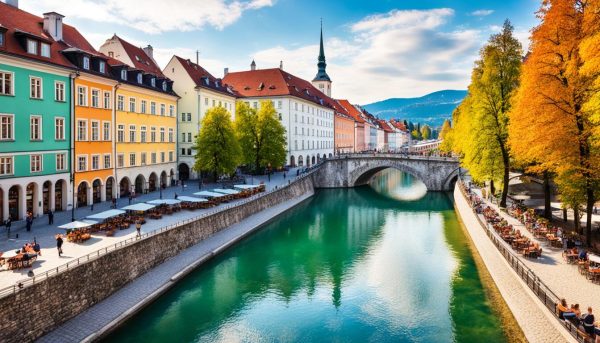Welcome to our exploration of the captivating visuals of black and white photography in the realm of animal photography. The use of black and white imagery in wildlife photography holds a timeless beauty and emotional impact that is hard to replicate. In this section, we will delve into the significance and power of black and white imagery in capturing the essence of animals.
Key Takeaways:
- Black and white photography adds a certain timeless quality and emotional impact to animal photography.
- The use of black and white imagery can capture the essence and beauty of animals in a unique way.
- Black and white animal photography has the power to create deep connections with nature.
- The contrast and monochrome tones of black and white imagery highlight the details and textures of animal subjects.
- Black and white photography can evoke a sense of nostalgia and timelessness, transcending specific historical periods.
The Ideology of Separation: Nature Photography
Nature photography, including wildlife photography, is a captivating art form that allows us to connect with the beauty of the natural world. It often presents an idealized view of nature, portraying a sense of separation between humans and animals. This section delves into the ideology behind this separation and explores how it influences the images of animals depicted in wildlife photography.
In his renowned book “About Looking,” John Berger discusses the concept of human-animal relations and the dominant ideology that shapes our perception of wildlife. According to Berger, nature photography often reinforces the notion that humans are observers, separate from the creatures they capture on film. It presents animals as exotic objects, existing solely for human observation and enjoyment.
“The photographer is always trying to colonize new experiences or to extend the known experiences of every day; the subject is always trying to elude the colonizer.”
This quote from Berger highlights the underlying power dynamics between humans and animals in wildlife photography. The photographer seeks to capture and possess the essence of the animal, while the subject remains elusive, retaining its individuality and autonomy.
Despite this apparent separation, there is a deep and complex relationship between humans and animals in the production of wildlife photography. Photographers often spend hours in pursuit of the perfect shot, patiently observing animals in their natural habitats. This process requires a deep level of understanding, respect, and empathy for the subjects being photographed.
Moreover, wildlife photography plays a crucial role in raising awareness about conservation and the need to protect endangered species. Through impactful images, photographers have the power to foster a sense of empathy and inspire individuals to take action for the well-being of animals and their habitats.
By examining the ideology of separation in nature photography, we gain a deeper understanding of the dynamic relationship between humans and animals. It prompts us to reflect on our role as observers and advocates for the natural world, emphasizing the importance of preserving the delicate balance between humans and wildlife.
The Complexity of Human-Animal Relations in Wildlife Photography
Wildlife photography presents a border between humans and animals, showcasing their beauty and majesty from a safe distance. However, it is essential to acknowledge the complexity of human-animal relations within this art form. While the act of photographing animals may seem non-intrusive, it is still a form of human intervention in their natural habitats.
This complexity is further highlighted by the ethical dilemmas that arise in wildlife photography, such as the debate around baiting or disturbing animals for the sake of capturing a dramatic shot. These practices have sparked contentious discussions about the boundaries between observation and disturbance, raising questions about the impact of photography on the well-being of animals.
Understanding the intricate connections between humans and animals in wildlife photography allows us to approach this art form with a sense of reverence and responsibility. It encourages us to advocate for ethical practices that prioritize the welfare of animals while capturing their essence and sharing their stories with the world.
A Read Heron: An Analysis of a Black and White Wildlife Photograph
In this section, we will closely analyze a remarkable black and white wildlife photograph titled “Piscator No. II.” Taken by the talented photographer John Dillwyn Llewelyn in 1856, this image captures the beauty and mystique of a heron in its natural habitat.
The composition of “Piscator No. II” is striking, drawing our attention to the heron’s elegant silhouette against a beautifully blurred background. The use of black and white enhances the contrast and adds depth to the photograph, allowing us to appreciate the fine details of the heron’s feathers and the delicate linear elements of the composition.
The framing of the image is equally noteworthy. The heron is positioned in the center, commanding our focus and creating a sense of balance and symmetry. This deliberate framing technique adds to the overall visual impact and highlights the majesty of this graceful creature.
The timeless quality of black and white wildlife photographs is evident in “Piscator No. II.” Despite being captured over a century ago, this photograph continues to captivate viewers with its timeless beauty. The absence of color allows us to appreciate the textures, tones, and intricate details in a way that transcends the limitations of a specific historical period.
“Piscator No. II” exemplifies the power of black and white wildlife photography in evoking emotions and sparking a sense of wonder in the natural world. It serves as a testament to the enduring appeal and artistic impact of capturing animals in black and white.
Key Features of “Piscator No. II”
| Composition | Framing | Visual Impact |
|---|---|---|
| The heron’s elegant silhouette against a blurred background | The intentional center positioning creating balance and symmetry | The use of black and white to enhance contrast and depth |
In conclusion, “Piscator No. II” demonstrates the timeless allure of black and white wildlife photography. Through skillful composition, deliberate framing, and a captivating visual impact, this photograph invites us to appreciate the beauty of a heron in a way that transcends time. It serves as a testament to the enduring power and artistic significance of black and white wildlife photographs.
African Wildlife: Exploring the Untamed Spirit
Discover the captivating allure of African wildlife through the lens of expert photographers. This curated collection showcases the raw beauty and untamed spirit of the majestic creatures that call the African continent home.
With its diverse landscapes and rich biodiversity, Africa is a treasure trove for wildlife enthusiasts and photographers alike. From the vast plains of the Serengeti to the dense forests of the Congo, this continent is teeming with awe-inspiring creatures that radiate grace and power.
The African wildlife featured in this collection includes iconic species such as lions, elephants, giraffes, cheetahs, and rhinos, among many others. Each photograph captures the essence and unique characteristics of these magnificent animals, offering a glimpse into their untamed spirit.
One standout image in this collection depicts a herd of elephants against the backdrop of an African sunset. The photograph not only showcases the grandeur of these magnificent creatures but also showcases the raw beauty of the African landscape. The elephants’ silhouettes, illuminated by the golden rays of the setting sun, evoke a sense of tranquility and reverence.
To fully appreciate African wildlife photography, one must understand the significance of preserving these animals and their habitats. Conservation efforts are crucial to ensuring that future generations can continue to experience the untamed beauty of Africa’s wildlife. Through these stunning images, we are reminded of the importance of protecting these extraordinary creatures and their fragile ecosystems.
African Wildlife Photography Highlights
| Photographer | Species | Description |
|---|---|---|
| Nick Dyer | Lions | Captivating close-up portraits capturing the fierce and regal nature of these apex predators. |
| Beverly Joubert | Leopards | Intimate and atmospheric images showcasing the elusive and stealthy nature of these solitary big cats. |
| Paul Goldstein | Cheetahs | Dramatic action shots, frozen in time, highlighting the speed and agility of Africa’s fastest land animals. |
| Jonathan Scott | Elephants | Epic panoramas capturing the immense power and gentle demeanor of these intelligent giants. |
Embark on a visual journey through the untamed landscapes of Africa and immerse yourself in the wonder of African wildlife. Through the lens of talented photographers, we can witness the remarkable beauty and untamed spirit of these creatures, inspiring us to protect and preserve the natural world that they call home.
Capturing the Essence: Black and White Fine Art Prints
When it comes to depicting animal portraits, black and white fine art prints offer a unique and captivating appeal. These prints have the power to convey a sense of timelessness and create an emotional connection with the viewer. The beauty and essence of animals are preserved in black and white imagery, showcasing the intricate details and emotions in a way that color photography often fails to capture.
Black and white fine art prints elevate animal portraits to a level of artistry, transforming them into timeless pieces that transcend the boundaries of a specific moment or era. The monochromatic tones allow the viewer to focus on the subject’s form, texture, and expression, revealing the true essence of the animal.
“The success of a black and white fine art print lies in its ability to evoke emotions and transport viewers into a world where time stands still. Through the absence of color, the image becomes a visual narrative, inviting the viewer to explore the depths of the animal’s character and the story it holds.”
Black and white fine art prints also possess a certain elegance and sophistication, making them perfect for both traditional and contemporary interior design. Whether displayed in a living room, study, or gallery space, these prints add a touch of class and refinement to any setting. The contrast between light and shadow in black and white prints creates a captivating visual experience, drawing the viewer into the image and allowing them to connect with the animal on a deeper level.
To showcase the impact of black and white fine art prints in animal portraiture, let’s take a look at the following table:
| Artist | Animal | Description |
|---|---|---|
| Diane Arbus | Child with a Toy Hand Grenade in Central Park, New York City (1962) | A powerful and provocative portrait capturing the innocence and vulnerability of childhood. |
| Yann Arthus-Bertrand | Lion’s Head, Maasai Mara, Kenya (2005) | A striking close-up of a lion’s majestic head, showcasing the regal beauty and strength of the animal. |
| Steve McCurry | Afghan Girl (1984) | An iconic portrait capturing the haunting beauty and resilience of a young Afghan refugee. |
As you can see from the table, each artist’s black and white fine art print portrays an animal or individual with a depth and emotional intensity that leaves a lasting impression. These prints have the power to stir emotions, provoke thought, and create a connection between the viewer and the subject, offering a unique and timeless visual experience.
Next, we will explore the beauty and aesthetic appeal of black and white animal wall art, discussing how it can enhance the overall design of any space.
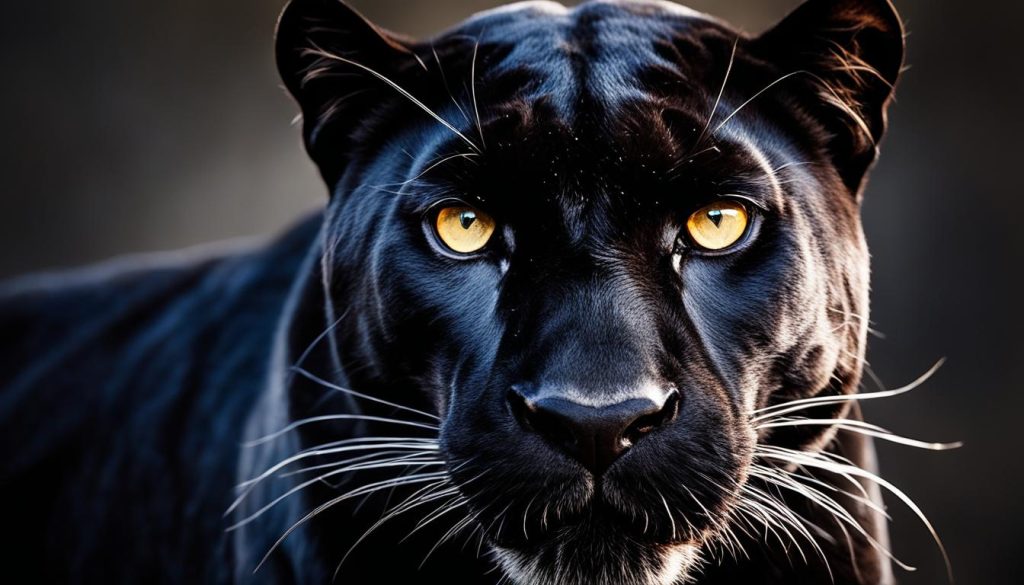
The Beauty in Monochrome: Animals in Black and White Wall Art
When it comes to interior design, the right artwork can make all the difference. And if you’re looking to add a touch of elegance and sophistication to your space, black and white wall art featuring animals is a perfect choice. The monochrome aesthetic creates a timeless and classic look, elevating the ambiance of any room.
Monochrome wildlife photography has a unique ability to capture the essence of animals in a striking and powerful way. By stripping away color, the focus shifts to the subject’s form, texture, and expression, revealing their beauty in a new light. Whether it’s a majestic lion, a graceful deer, or an intricate pattern on a zebra, black and white photography accentuates the details and characteristics of each animal, showcasing their unique features.
Black and white wall art with monochrome wildlife is the perfect choice for those seeking a bold statement piece that complements a modern or minimalist interior design. The simplicity of black and white creates a captivating contrast against the clean lines and neutral palette often found in contemporary decor.
Not only does black and white wall art add visual interest to a space, but it also creates a sense of depth and sophistication. The monochrome palette allows the artwork to blend seamlessly with various color schemes and styles, making it a versatile choice for any room in your home or office.
Whether you prefer a singular animal focus, a collage of different wildlife, or a close-up of intricate details like feathers or scales, there is a wide range of animal subjects and compositions available in black and white wall art. This variety allows you to choose pieces that resonate with your personal taste and style, while still capturing the beauty and essence of the animal kingdom.
| Benefits of Black and White Wall Art: |
|---|
| 1. Timeless and classic appeal |
| 2. Creates a striking focal point |
| 3. Fits well with modern and minimalist design |
| 4. Adds depth and sophistication to any space |
| 5. Blends seamlessly with various color schemes |
Add a touch of elegance to your space with black and white wall art featuring monochrome wildlife. From the raw power of an elephant to the delicate beauty of a butterfly, these captivating images will transform your room into a gallery of stunning visual storytelling.
The Impact of Black and White Photography in Animal Conservation
Black and white photography has proven to be a powerful tool in raising awareness for animal conservation. Through their striking contrast and timeless aesthetic, black and white images have the ability to evoke emotions and inspire action in preserving wildlife habitats and protecting endangered species.
Photographers play a crucial role in using their art to advocate for animal conservation. By capturing the beauty and vulnerabilities of various animal species through black and white photography, they help to create a connection between viewers and the natural world. These images serve as visual reminders of the urgent need to protect and conserve our wildlife.
“Black and white photography allows us to see beyond the colors and focus on the essence of the animals. It highlights their forms, textures, and expressions, making us truly appreciate their uniqueness and importance in our ecosystem.” – Wildlife photographer, Jane Mitchell
One of the key strengths of black and white photography in animal conservation lies in its ability to transcend language barriers. Regardless of culture or background, the visual impact of these images can communicate the universal message of the need to preserve our natural world.
To further emphasize the impact of black and white photography in animal conservation, we present the following examples:
| Photograph | Species | Conservation Message |
|---|---|---|
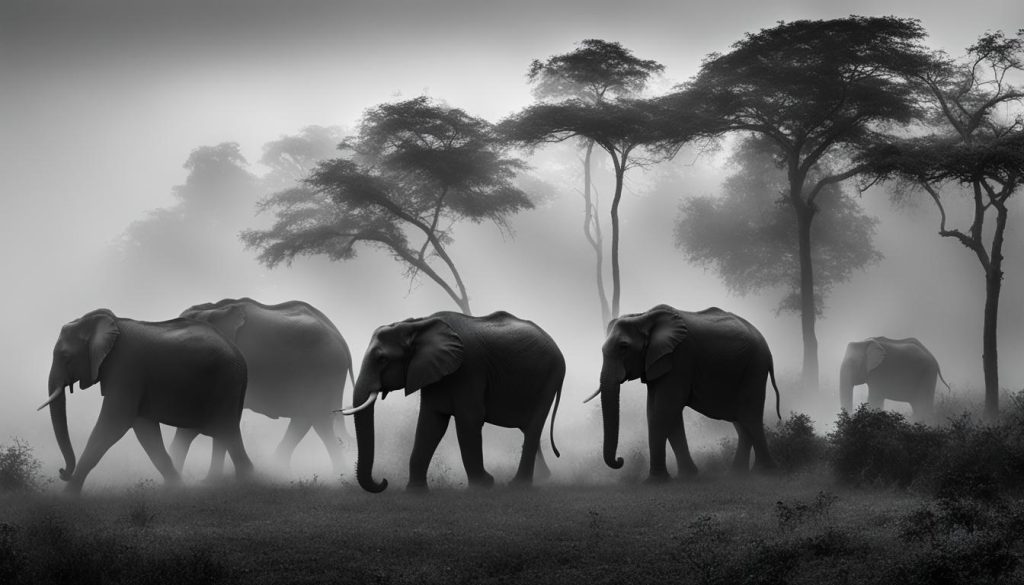 |
African Elephant | Endangered species: Help protect the gentle giants of Africa from poaching and habitat loss. |
 |
Sumatran Tiger | Critical habitat: Support efforts to preserve the dwindling rainforests that are vital for the survival of these majestic creatures. |
 |
Mountain gorilla | Conservation success: Celebrate the inspiring recovery of mountain gorilla populations and continue efforts to protect their habitats. |
Each photograph tells a powerful story and underscores the importance of taking action to protect these species and their habitats. Through the lens of black and white photography, we not only witness the beauty of these animals but also become advocates for their conservation.
Conclusion
In conclusion, the power of black and white photography in capturing the essence of animals is undeniable. The timeless quality of black and white imagery, combined with its emotional impact and aesthetic appeal, allows for deep connections with nature to be forged. Whether in the realm of wildlife photography or through fine art prints, the use of black and white continues to captivate and inspire viewers, leaving a lasting impression.
The absence of color in black and white photography allows the viewer to focus solely on the subject, enhancing its beauty and highlighting intricate details that may have otherwise been overshadowed. The monochromatic palette evokes a sense of timelessness, transcending the constraints of a specific historical period and creating a visual experience that is both captivating and enduring.
By harnessing the power of black and white, photographers are able to evoke emotions, raise awareness, and inspire action in the realm of animal conservation. Through their art, they can shed light on the importance of preserving wildlife habitats and protecting endangered species. The ability of black and white imagery to elicit a deep appreciation for the beauty and diversity of animals offers a compelling way to engage audiences and encourage them to become advocates for conservation efforts.
FAQ
What is the significance of black and white in animal photography?
Black and white photography in animal photography holds a timeless beauty and emotional impact, capturing the essence of animals in a unique way.
What is the ideology behind the separation of humans and nature in nature photography?
Nature photography, including wildlife photography, portrays an ideal separation between humans and nature, showcasing the non-intrusive and environmentally friendly aspects of this activity.
Can you provide an analysis of a specific black and white wildlife photograph?
Yes, we will closely analyze “Piscator No. II,” a black and white wildlife photograph taken by John Dillwyn Llewelyn in 1856, focusing on its composition, framing, and overall visual impact.
What can we expect to discover about African wildlife photography?
We will showcase the wonders of African wildlife through a curated selection of photographs highlighting the diverse range of majestic creatures and their raw beauty.
How do black and white fine art prints convey the essence of animals?
Black and white fine art prints create a timeless and emotional connection with the viewer, preserving the beauty and essence of animals in a captivating manner.
How can black and white wall art featuring animals enhance interior design?
Monochrome wildlife photography in black and white wall art adds depth and sophistication to any space, offering a powerful aesthetic appeal.
How does black and white photography contribute to animal conservation?
Black and white photography raises awareness for animal conservation by evoking emotions and inspiring action in preserving wildlife habitats and protecting endangered species.

